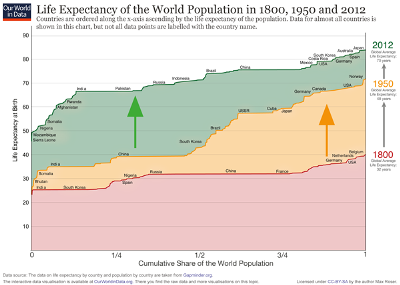After reinventing itself as a consulting company in the 1980s (after being a hardware company), IBM is reinventing itself again, this time around Artificial Intelligence, as described in length in this excellent NY Times article ‘IBM is counting on its bet on Watson, and paying big money for it‘. Whether that will effectively replace the struggling consulting activities remains to be seen, but this time this seems to be a major strategic move.
 One of the interesting aspects from the ability to analyse large amounts of data is the possibility to help human decision. In the example quoted in the article, while in 99% of the cases of cancer diagnostics the machine arrived to the same conclusion as the experts (doctors) it also proposed in 30% of the cases alternative treatments, due to the fact it had digested the 160,000 cancer research papers published yearly.
One of the interesting aspects from the ability to analyse large amounts of data is the possibility to help human decision. In the example quoted in the article, while in 99% of the cases of cancer diagnostics the machine arrived to the same conclusion as the experts (doctors) it also proposed in 30% of the cases alternative treatments, due to the fact it had digested the 160,000 cancer research papers published yearly.
This move away from consulting (which was very successful in the 1990s and corresponded certainly to a real need) is also another confirmation that the economic future probably lies in developing AI applications instead of IT systems consulting. Food for thought for many IT consulting companies!











